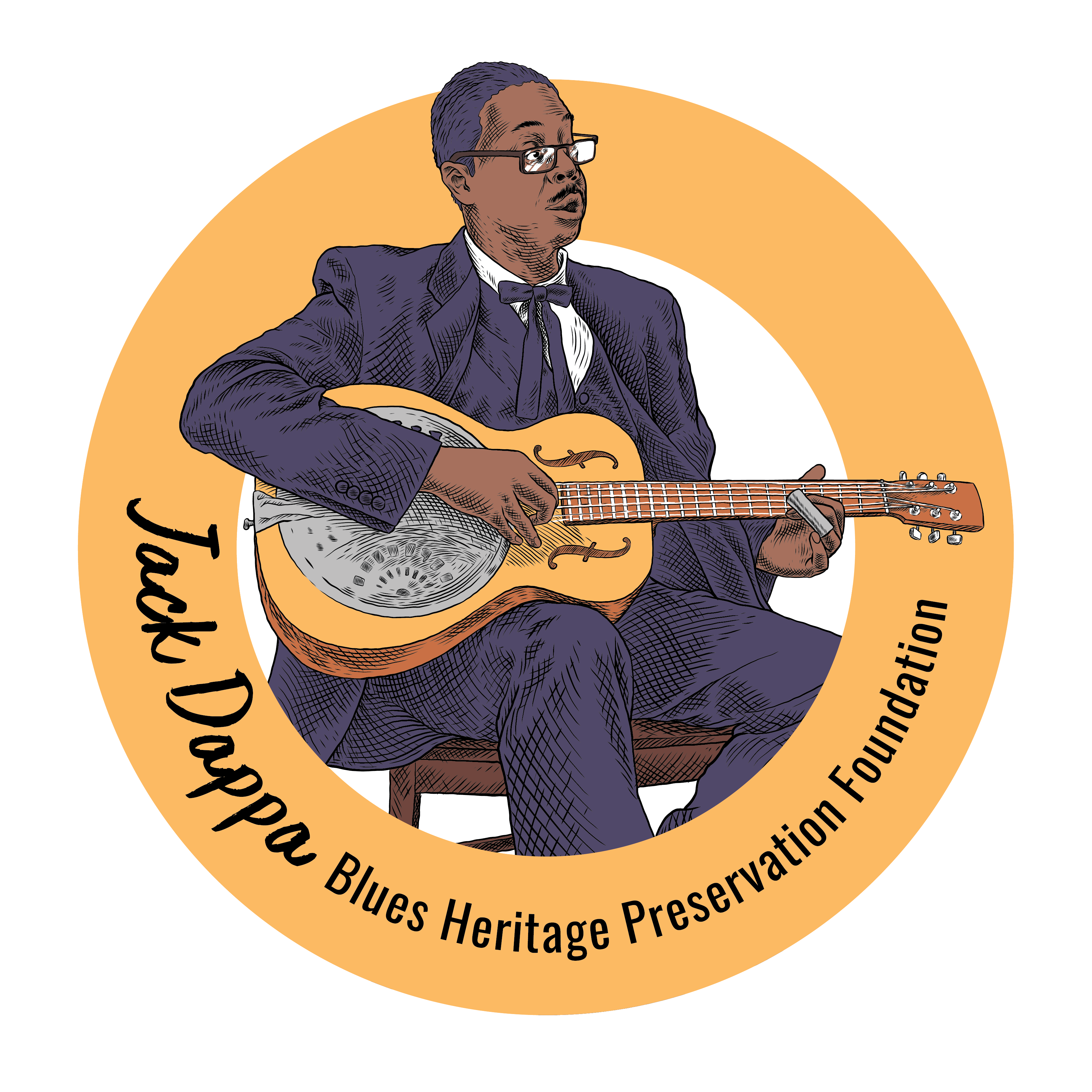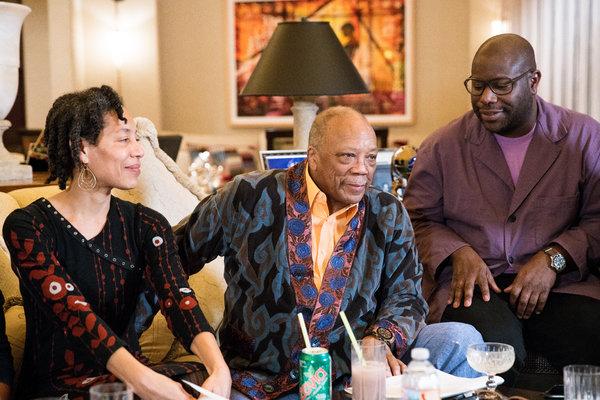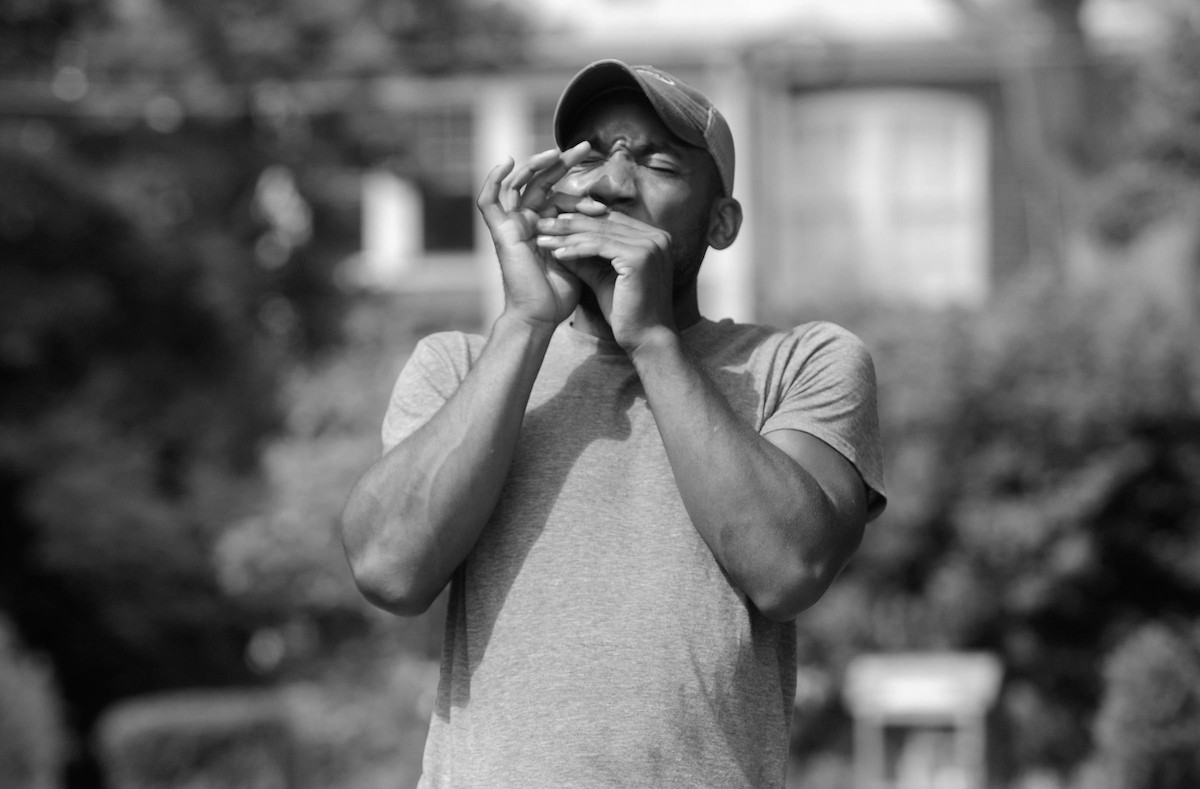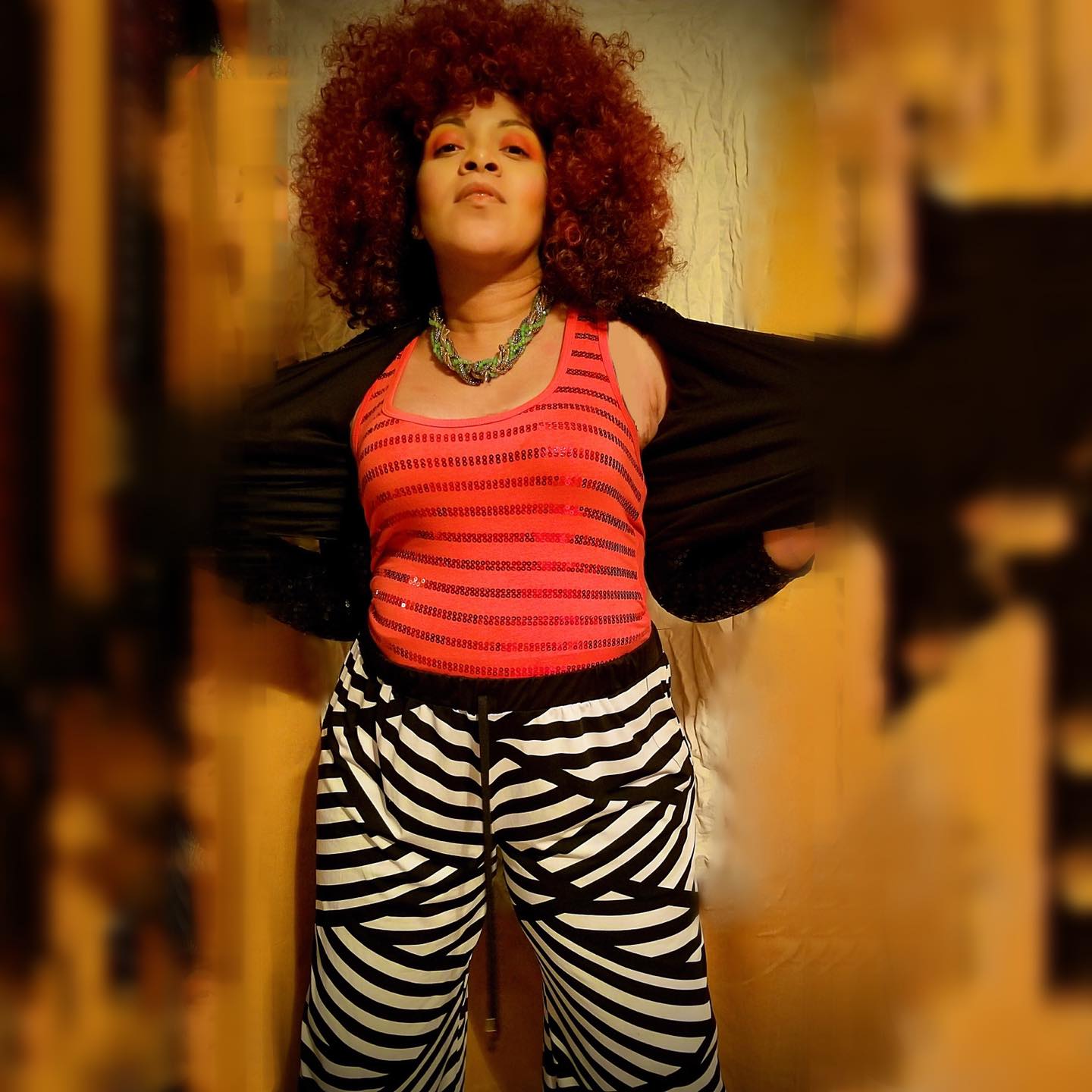My plans for Tuesday night, the 9th of April, was to watch the premiering 1st episode of “Reconstruction, America After The Civil War” by Dr. Louis Henry Gates Jr. on PBS. Considering my work and platform speaks of and presents the reconstruction era often, I had planned to take notes then address my audience with my thoughts. However, that didn’t happen. As I was editing my next episode of Jack Dappa Blues Podcast, which featured sound bites from the Georgia Bluesman himself Jontavious Willis, as I raise awareness of the obscure African American Traditional Musician Elijah Cox, I received a phone call from The American Songster, Dom Flemons.
Dom called to invite me to a concert series he was performing in at The Shed Hudson Yard, located in the Heart of New York City. This was no ordinary concert series, and the Shed is no average venue. The Shed is a new creation, new construction, new idea grounded in the mission to be a civically engaged institution to commission artists in all disciplines to push boundaries and take creative risks. The Shed looks to produce, develop and present new works from tenured artists and emerging. To quote Alex Poots, the Artistic Director and CEO, “You,(the audience and artists) are an essential part of what it means to create a 21st-Century center for the arts in New York City. We’ll strive to be a stimulating creative hub and a home for all audiences.” The outside and the inside of this newly erected establishment reflects Alex’s statement. More so, the concert series I attended, which is the inauguration of the establishment, had extreme artistic energy. The series is dedicated to The Shed’s Founding Chair, Dan Doctoroff, and it was a presentation that is indeed up my alley.
I was truly amazed as I arrived at The Shred to see the world premiere of the 5 part concert series titled “Soundtrack of America” conceived and Directed by Steve McQueen. Best known for his Oscar Award-winning film, “12 Years a Slave,” McQueen steps on stage to share with the audience how he came up with this concept, and the questions he asks himself that ignited the passion for bringing such a concert series to fruition. He asked, “What would a timeline of African American music sound like? How would it evolve from slave spirituals to Motown, or even Badboy and WuTang? How would you demonstrate its breadth and global impact?” These questions led to a team of brilliant minds that put together an excellent work. For instance, Maureen Mahon, Chief Academic Adviser, and Professor put together the timeline, or family tree so to speak, that mapped the beginnings and progressions of what you all know I refer to as African American Traditional Music. Of course, and the highlight for me, you can’t have or produce anything of this magnitude without The Q himself Quincy Jones, who is on the project as Chief Music Advisor. Quincy attended the night I was there, sat in the balcony during the show, and greeted as many people as he could after.
The concert I attended was the third of the five-part series, and the performers were all Great! The night opened with the American Songster Dom Flemons who gave an entertaining musical history lesson of the early stages of African American Music. With a pan flute, harmonica and banjo, Dom go into a deep and rich musical performance that floored the audience. He even sang his Black Cowboy negro Spiritual tune “Black Woman” that presented the vernaculars and vocal inflections of Field Hollers and Black Spirituals of old, graciously explaining to the very diverse audience the true meaning and origins of Field Hollers, as he gave a vocally impressive example. His multi-instrument performance enamored the audience, and he wooed them with an instrumental with just a harmonica and many harmonica tricks. Immediately following Dom’s performance was the Fantastic Nigreto. He electrified the stage with his rendition of country blues as well as his socially and politically crafted original tunes that were doused in inspirations of blues, rock, funk, and soul. His interaction and engagement with the audience impressed me and reflected the Black musicians of yesterday that not only gave you a great show but left you feeling as if they came just to talk and play for you. A big part of African American Traditional Music is entertainment. Being an entertainer is no small matter, especially for working artists. Negrito’s musicianship, band lead, and vocals were well above the bar, added to his knack to keep the audience involved was a true homage to black music history.
By this point, my feet were tired, and I wanted to find a seat. The venue was an open standing space surrounding the stage. Behind and around the standing area, was more standing space that was set up like seating rows. I found a space on one of the stairs to rest, as the next act was called on stage by the legendary Greg Phillinganes, who was the Chief Music Director and lead keyboard player for the night. He and his band lit up the stage and backed up every artist on a level most bands dream of. So, as I sat, and the techs set up the stage, Greg approaches the microphone. I wondered who and how the next artist would approach this performance. As I drifted into thoughts about how I would start this article, I missed the last part of Greg’s introduction of the upcoming artist. I was aggressively awakened out of my self induced trance when the powerful voice and stage presence of Judith Hill engulfed the entire location. Her blackness, her vocal inflections, the way she controlled the stage and sang was the blackest performance I’ve seen and felt in some time. It was the black church, it was Beacon Theater Black Church Play, it was down-home blues, it was Motown, Stax and that Philly Sound we love. It was soul, blues, rhythm & blues. It was the pain we felt when we heard our favorite classic blues singer. It was the reminiscence of a time when women vocalist dominated the Blues scene. To top it off, after her piano blues performance or Dr. Feelgood, she then pays tribute to her inspiration, Ella Fitzgerald! After which, she turns around and walks off, a very seductive version of dropping the mic.
Moreover, that was just the third act. From that point, we had soft rhythm and blues, to REAL LYRICAL HIP HOP ( something that’s been missing for a while) to a young Nigerian man from London who sang a Smokey Robinson and the Miracles song, with a voice like David Ruffin. Remember, this was the third night. They were rocking for two shows already, and there were two more to go! Of course, I may have done things a little different; however, that doesn’t mean I didn’t enjoy the performances. The entire concept of the series is critical, and I hope it begins to open up doors for all of us who have been yelling, playing, belting and preaching African American Traditional Music for a while now. Not to mention, if the Shed lives up to its purpose, great traditional black music practitioners like Piedmont Blūz Acoustic Duo, Jontavious Willis, Marquise Knox, Christone King Fish Ingram, Veronika Jackson, Tito Deler (The Original Harlem Slim), Shelton Kotton Powe and many more will have the opportunity to play there. It’s worth checking out!




